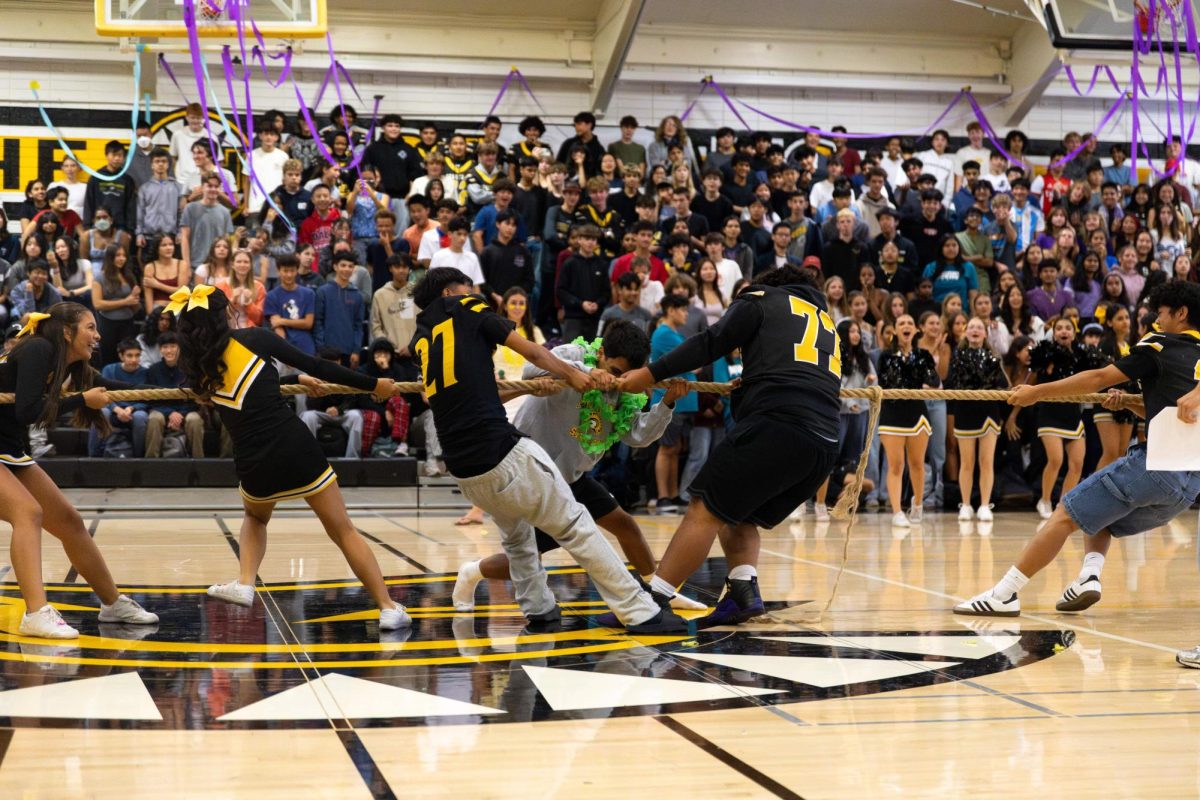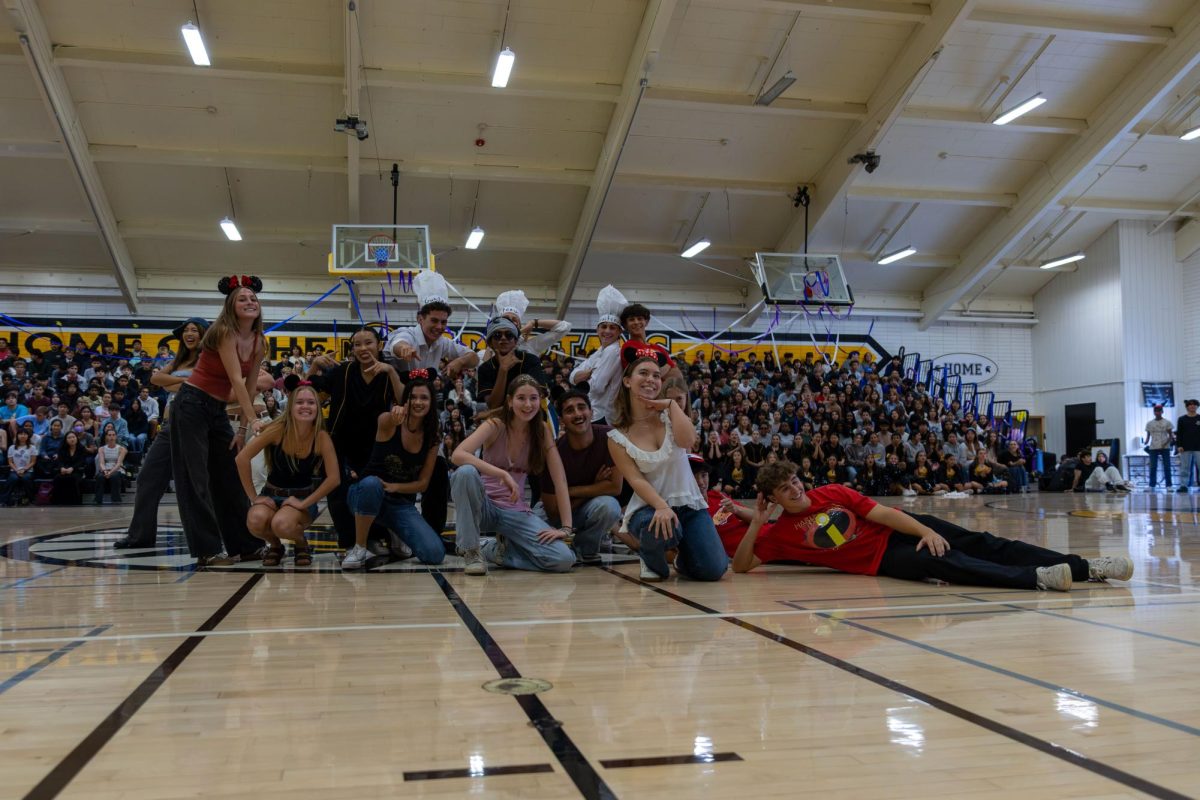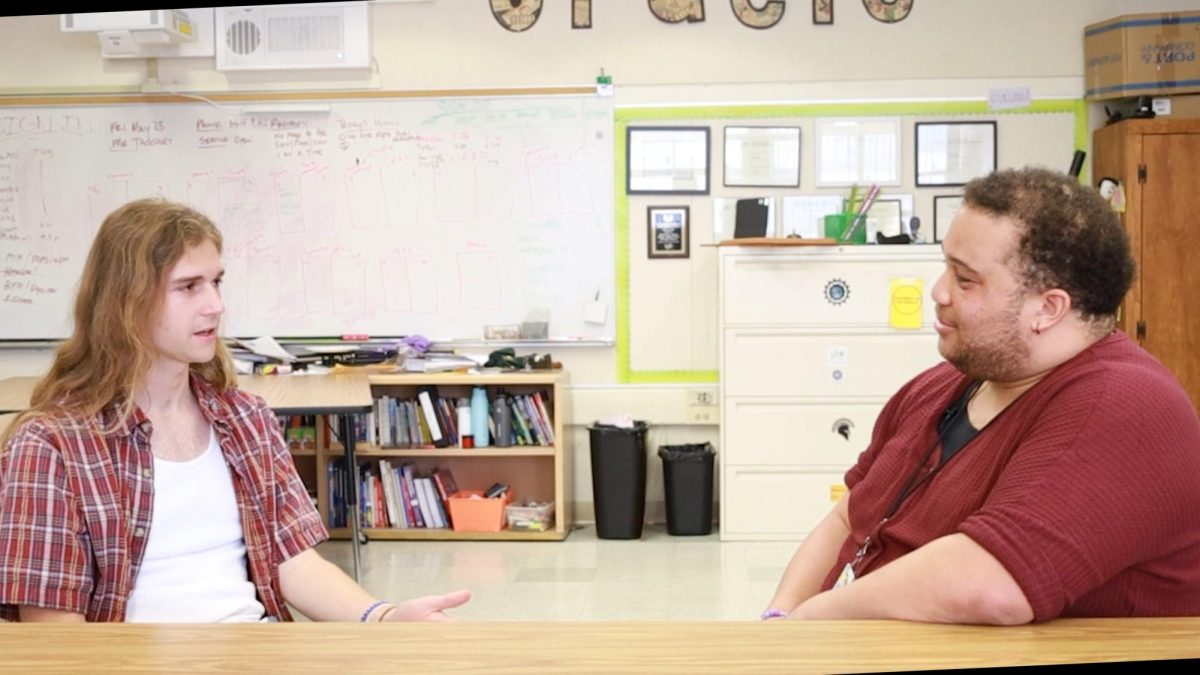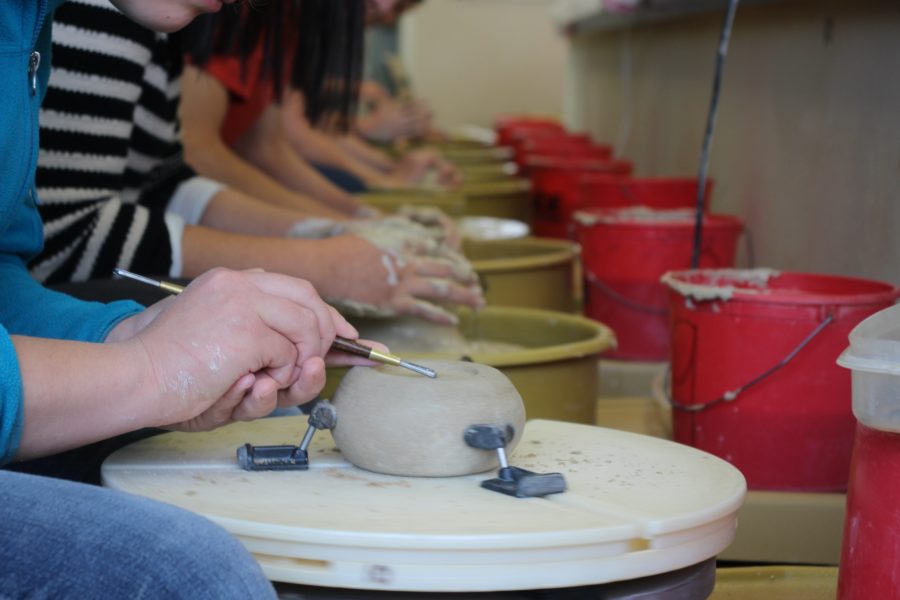Despite facing challenges with conventional curricula, Special Education students and English Language Learner students have thrived in mainstream art classes. This success has prompted a conversation amongst staff about the value of putting all types of students together in academic classroom settings.
English Learner students in ceramics are performing at a much higher level than in past years because an instructional assistant translator was placed in the classroom to bridge the language barrier between staff and students, according to Judie Lee, ELD department coordinator.
“When [ELL students] are in need of understanding, or the teacher needs a translation, it’s done. I think it’s much more enjoyable when students can understand and not struggle in class,” Lee said.

Photo by Marika Ragnartz.
In addition, the enrollment of ELL and SpED students has increased in all art classes.
According to SpED resource specialist Nicole Kopels, her students can participate in art, choir, Associated Student Body and other electives across campus. For ELL students, general history and English classes are offered as they transition into higher level ELL classes.
They can also be placed into Specially Designed Academic Instruction in English courses where teachers specifically work with students to improve their English Language acquisition—Survey and History classes count as SDAIE classes, among others.
For ELL students, Lee said that it is extremely valuable to include them in mainstream classes, both for their language improvement and their cultural exposure.
“[ELL students] need to get out into the community…and meet new friends that don’t speak their own language but speak English, so they get some practice,” Lee said.
Though the school has instructors who are professionally trained to work with SpED and ELL students, all teachers on campus are taught to work with individuals with different backgrounds and learning styles.
“The more they can feel like they’re part of the bigger community, the better they feel about themselves”
To help SpED and ELL students, Lee said general education teachers simplify and accept only parts of assignments in order to allow for students to meet a goal and to gain the success of being in class.
“They know to say things in different ways, select simpler words to give instruction, and give a lot of visual support,” Lee said.
The progress currently being made by including these students in mainstream classes can guide educators to create a better educational environment for everyone at the school.
“The reality of life is inclusion and working with people with different backgrounds, different personalities, and different abilities,” Kopels said.
Currently, the school is working toward offering more co-taught classes, in which teachers share the organization, planning, and instruction of students.
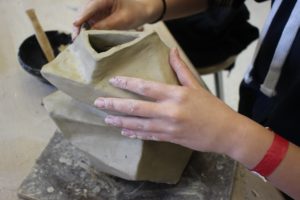
Kopels said that co-taught classes will “increase special education students in the mainstream classroom to give them more general education opportunities.” Furthermore, Kopels said this change would allow teachers to work more individually with students who need additional support and give SpED students more opportunities to practice lessons that they’ve learned in their classes within the special education department.
When exposed to students from different cultures and of different learning abilities, “people [become] more interested [in their classmates],” Lee said.
Mark Hollingshead, SpED resource specialist, said encouraging students of all backgrounds to work together is ultimately beneficial for the school as a whole.
“It’s also great for the students’ self-esteem,” Hollingshead said. “The more they can feel like they’re part of the bigger community, the better they feel about themselves, and inclusion is something Mountain View is particularly strong in.”





